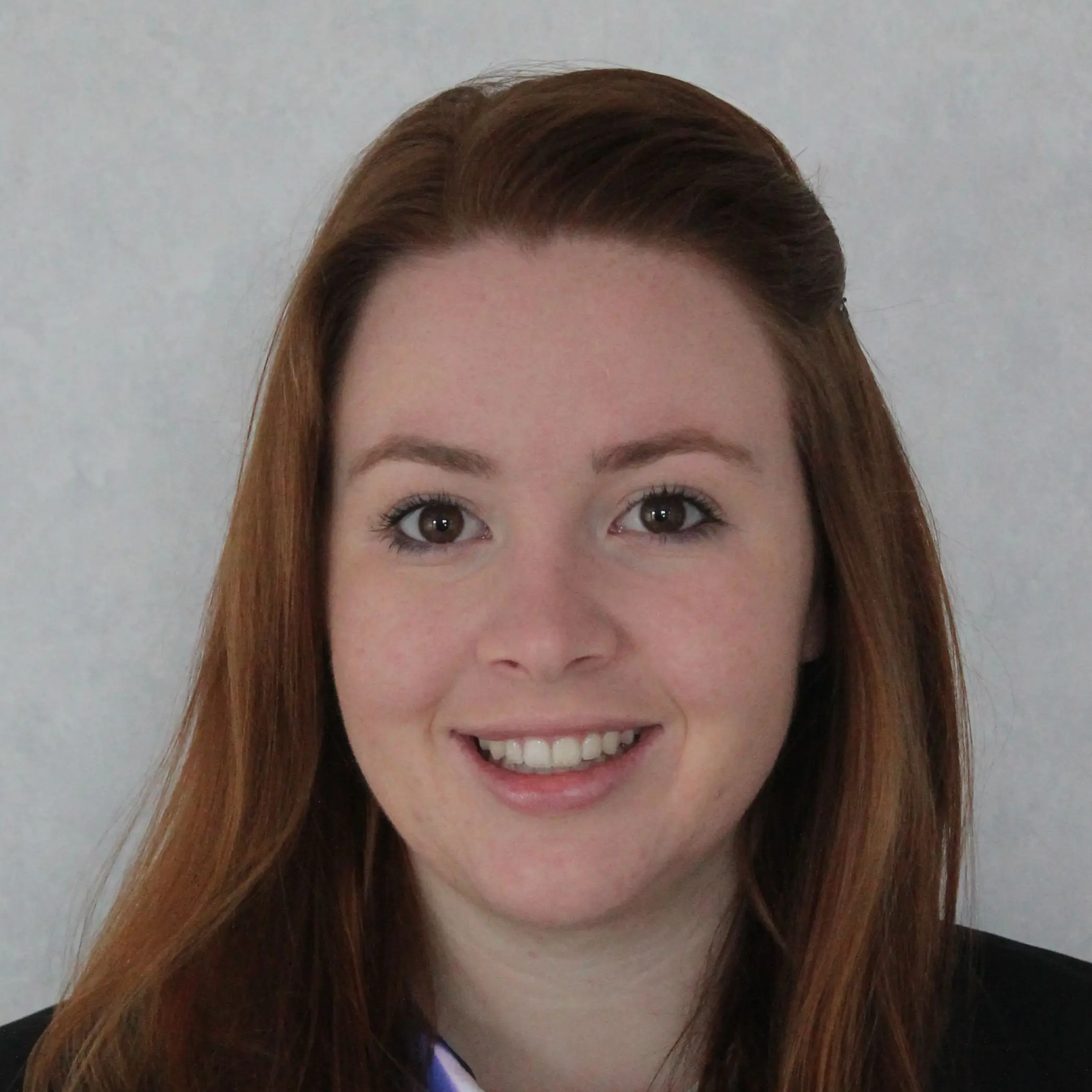Wow, what a phenomenal first week – from gauging rivers throughout Molesworth Station to helping engineer weather systems for the Pacific Islands, it has all been incredibly eye opening! Fortunately for me I was only half way through what was set to be another week of adventure and learning.
From getting used to waders in the relatively shallow Clarence and Acheron Rivers to the next day wading in chest deep water in the windy Lake Ellesmere was all something I had not done before. This project involved establishing a bracken community in which macrophyte communities would be able to thrive within, essentially in the hopes of bringing back a better nutrient balance to the lake. This was one of the highlights of my time down with NIWA as I could be thoroughly immersed into the establishment of this project. I’m looking forward to following the progress and seeing how the lake responds to the new features.
Part of the work that the NIWA Freshwater team does includes understanding not only the river and surrounding environment itself, but the biological communities that thrive within. I could travel alongside some of the scientists to locate previously tagged lampreys. These slithery creatures are like the eel however occupying a distinct “sucker” on their face and can spend up to four years in freshwater prior to migrating to the sea. We spent most the day with the large scanner attempting to locate any of the twelve juveniles – alas only one responded to the scanner! Times like this remind me that science (especially the science that depends on other biological organisms) can be extremely unpredictable and does not always go to plan! Nevertheless, knowing that some of the tags were picked up gives the project confidence that those lampreys are still present in the area. It is always quite fun to have access to the high-tech equipment NIWA uses!

Alas not all days were spent out in the field, but that didn’t mean they were any less rewarding. I could join a project that was finalising the construction of weather station boxes destined for the Pacific Islands. This involved welding equipment to the box as well as testing the rain meter for accurate measurements as well as some electrical engineering. Learning these different skills was a great way to get a more well-rounded view of the work NIWA does as well as being able to contribute to a positive project to help change lives overseas.

As I start to wrap up this blog, I’m thinking about my last few adventures to come – jet boating, engineering and some more river gauging! I still cannot believe that I am part of this experience of a lifetime and learning so much along the way even in the mere 10 days of this opportunity!

Courtney Davies
BLAKE NIWA Ambassador 2016


